‘The Big Bang’ and $cientism. Part Two: ‘Redshifts’ and endless time.
$cientism in which a 100 year old theory goes looking for proof. Follow the money.
· First Post, background and general criticism of the Banging religion here
· Problems and issues with the Bangers ‘proof’ of Cosmic Microwave Background Radiation one of the three pillars of the religion here
Leaning Pillars
There are three major pillars holding up the Big Bang theology, none of which stand up to scrutiny. First, gravity and gravity alone determines the structure and movement of stars and galaxies. This is simply untrue given the weak force nature of gravity, and the presence of electromagnetism, a far stronger and more reliable natural law in explaining the construction of the universe.
The second ‘proof’ for the Bangers is Cosmic Microwave Background radiation or CMB, which is a theory suffering from many issues and anomalies which are obvious when analysing the Bangers own data. This theory postulates that the electromagnetic radiation observable and measurable in space, is a ‘relic’ or umbilic cord from the original explosion of the cosmic egg some 13.7 billion years ago.
There are now theories circulating that the universe is really ~30 billion years old based on some observations in 2023 from the James Webb Telescope. Time is what Bangers and Evolutionists need to make their theories tenable. Regardless of endless time hand-waving, using Big Banging’s own data, the CMB is a theory unsupported by observable data.
The third pillar is the ‘Redshift’ of objects, called ‘Hubble’s law’. Redshift (or a variation of the Doppler effect) is purportedly the phenomenon of the displacement of the spectrum of an astronomical object toward longer (red) wavelengths. It is a change in wavelength that occurs when a given source of waves (e.g., light, sound, or radio waves) and an observer are in rapid motion in opposite directions to each other.
However the ‘Redshift’ theory is also problematic as there is no confirmed way in which a galaxy may increase its alleged acceleration through the cosmos. This contradicts all of mainstream science’s beliefs. Hence the use of ‘Dark Energy’ as the ‘propelling agent’ thrusting massive weights of galaxies forward. This is to prevent ‘force of gravity’ and deceleration which in Bang theology, would cause an imploding universe. Bangers maintain that the ‘acceleration’ is a ‘relic’ of the original ‘explosion’. Dark Energy, like Dark Matter (plugging the holes in Einstein’s theorems) have never been proven to exist. But there is plenty of research money available to chase those holy grails. No alternative ideas or observations are entertained by the massive $25 billion p.a. investment machine which funds Big Bang cosmology.
Distance measurement
‘The Science’ will have us believe that measuring the distance from the Earth to a Star is a known ‘law’. It isn’t of course. It is all theory and speculation. The most common technique, which is also used in terrestrial GPS and Satellite systems, is triangulation or the ‘parallax’. It is believed that the Earth’s orbit around the Sun is 186 million miles. If a terrestrial observer sees a Star on Day 1, he can return 6 months later and see the Star in a different position. He can measure the angle and using trigonometry based on the Earth’s solar orbit mileage, derive a distance between the two points. This seems to be a rough estimation for Stars within 400 light years from Earth. A light year is 5.9 trillion miles in distance. A variation on this method was used by ancient astronomers including Aristarchus, Eratosthenes and Ptolemy.
Redlights and Distance
Since there is no direct method to measure the distance to stars which are more than 400 light years from the Earth (400 x 5.9 Trillion miles), cosmologists use the colour spectrum and the brightness of the Star to guess its distance. In this theory, astronomers view a distant star and determine its colour spectrum and compare this to the apparent brightness seen from Earth (that is, by looking at how dim the star has become once its light reaches Earth).
This is called the ‘Redshift’ effect, first proposed by Hubble in the 1920s and used by the Bangers to ‘prove’ that the Universe is ‘accelerating’ and the galaxies are moving away. However, there is plenty of evidence which contradicts this theory and disproves the entire idea of using the light spectrum to calculate distance. Even Hubble had his doubts about its reality and NASA has recently concluded that far flung galaxies are much brighter than one would expect within the 13.7 billion year cosmogony of the Bang theory. Again, we have theories from 100 years ago (Einstein, Hubble) carved into rock and waved around by the Prophets on Mount $cience as immutable truths. Overwhelming observational proof that they were wrong is simply ignored. This is hardly how real science operates.
Platform Earth and Light
When humans on platform Earth survey the Universe and its trillions of stars and galaxies, light is emitted from the distant bodies and sent back to our telescopes. We can look at the body and estimate its distance based on many assumptions as outlined above. One key assumption not mentioned is the speed of light in a vacuum. The speed of light is generally accepted to be 180.000 miles per second as determined by Einstein and his theory of relativity. For Einstein the speed of light is a constant. But is this true? There is a growing body of theory and evidence that the assumptions of the speed and constancy of light are incorrect.
It is becoming more apparent that the speed of light is affected by large objects, plasma and varies considerably over time and within the universe (Dicke’s theory). This is just another example of why ‘consensus’ means little in reality. Einstein’s speed of light ‘law’ was always a theory. There was little observational proof that it was correct. Some observations say the speed of light is slower, some maintain that it is faster than Einstein’s calculation. Whatever the case, it is clear that this is another area in which the Bangers are struggling, and the implications are enormous in measuring cosmological age and distances. If the speed of light constant is false, much of modern physics will need rewriting.
Is space curved or not?
There is also the curvature of space, a key component of Einstein’s theory of relativity. If space is curved, then light and its speed must vary not only by distance, but by time. This means that the time on Earth will be vastly different than cosmological time. Currently the Bangers only support the curvature of space as seen in our own galaxy. Bang theology does admit that in space beyond our horizons, space-time might be quite different than what the models predict but they do not commit to the endless curvature of the Universe.
Another prediction of general relativity is that time should appear to run slower near a massive body such as the earth. Einstein first realized this in 1907, five years before he realized that gravity also altered the shape of space, and eight years before he completed his theory. He derived the effect using his principle of equivalence, which played the role in general relativity that the fundamental postulate played in the special theory.
Newton’s laws of motion developed in the 17th century, put an end to the idea of an absolute position in space. In this model, the Universe is dynamic, not static. Einstein’s general relativity building on Newton’s ideas, states that time runs differently for observers at different heights in a gravitational field. Einstein’s special relativity, summarised above, means that time runs differently for observers in relative motion. If we extend theories of relativity beyond our galaxy, they contradict the idea of absolute time, single ‘clocks’ and long ages. This ramification is rarely discussed in cosmogony.
Open or Closed?
Einstein originally thought the Universe was closed and contracting. Given the ‘evidence’ of Cosmic Background Radiation, he changed his mind and supported an expanding Universe. However, in general a curvature of the Universe negates the idea of a flat, expanding Universe. According to NASA (2013) and its WMAP observations (Wilkinson Microwave Anisotropy Probe which operated from 2001-2010, measuring CMB):
Thus the universe was known to be flat to within about 15% accuracy prior to the WMAP results. WMAP has confirmed this result with very high accuracy and precision. We now know (as of 2013) that the universe is flat with only a 0.4% margin of error. This suggests that the Universe is infinite in extent; however, since the Universe has a finite age, we can only observe a finite volume of the Universe. All we can truly conclude is that the Universe is much larger than the volume we can directly observe.
There we go. Settled ‘science’. But is it?
Curve balls
For Banging to be relevant the Universe must be open and flat, it cannot be curved or much of the theory falls to ruin, hence their reluctance to go beyond our observable horizons and comment on space curvature. Einstein's theory of general relativity, purports that the shape of the Universe will dictate the movement of objects. This is a vital theme for the Bangers. Currently the belief, as stated by WMAP, is that the Universe is an open, flat expanding disc. However, in 2018 Planck Institute data revealed that the Universe might indeed be closed and curved.
According to Planck data, the Universe is nearly flat, just 4% “more curved” than what we thought to be. But this 4% is enough to introduce a dramatic tension with the BAO data and with all other current datasets. All BAO (Baryon Acoustic Oscillation data) are discordant with Planck at more than three standard deviations, cosmic shear data are also conflicting at the same level, and the value of the Hubble constant is now at more than five standard deviations away.
If the Planck data from 2018 is correct, it gives support to Einstein’s theory of relativity, a curvature in space and its related time-dilation. If the Planck team is right, time will vary across distance and will be ‘relative’ to where you are and what you are observing. The mild curvature of the Universe and the related relativity of time would entail a rewriting of much of science and indeed cosmogony and anthropology and our own ideas of ‘time’.
A Church of many Sects
So, we can see the issues with cosmology. Various sects, heretics and disaffected groups in the Church of Banging fighting over observations and their implications. It is probably fair to say that we simply don’t know much about the structure of the Universe. It might be open, closed, curved, slightly curved but mostly flat, it might be accelerating, a static constant, or decelerating. We don’t understand if, how or why, the massive weight of galaxies ‘move’ or what that might mean for time and light travel. The ‘science’ cannot explain why the light emanating from said galaxies is much stronger than ‘expected’ in contradistinction to their ‘Redshift law’.
But let’s accept that Einstein’s 100-year-old theory is broadly accurate and that light in a vacuum zooms along at 180 thousand miles per second. Let’s accept the current belief that the Universe is a flat, expanding disc, and that time dilation and relativity is unproven and that time is absolute. We know that Cosmic Background Radiation is largely disproven. What about that second pillar and icon of Banging, Hubble’s ‘Redshift’?
Brief summary of Redshift issues
Big Bangers believe that a photon emitted from a Star source travelling towards our telescope on Earth, is issued from space which is continually stretching or accelerating. As the photon travels, its wavelength will be stretched into a different part of the light spectrum (red). The whole idea is premised on galaxy acceleration – a theory looking for proof.
In his book ‘Seeing Red’ famed astronomer Halton Arp, summarised the case against Redshifting. He was not alone. A large minority of physicists and cosmologists, then and now, agree with his observations, all of which lie unrefuted. What do the dissidents, expressed by a figure as respected and scientific as Arp say?
-Based on Jayant Narlikar’s 1977 'Structure of the Universe' Annals of Physics article, the mass of an elementary particle will vary as the time squared (where acceleration or speed is a constant)
-Arp believes that if Narlikar is right, particle masses are a function of time, meaning that younger electrons will have smaller masses, and the younger the object, the higher the redshift (based on Machian physics, from Ernst Mach, which formed an essential element to Einstein’s theories)
-Arp saw that galaxies will form ‘quasars’ which are proto-galaxies, in a process of self-creation, this would entail that their ‘clocks’ are running slow and that their matter is redshifted
-Observational data prove that quasars are younger matter, ejected from the nuclei of active galaxies, termed ‘White holes’
-Arp repeatedly discovered paired quasars on the edges of active galaxies
–Quasars are the most redshifted objects in the Universe, emitting photons with greater energy than the parent galaxy, and their redshift age given they are new, cannot be due to light recession related to cosmic expansion
-A quasar emits energy hundreds of times greater than that of the nearby galaxy, however quasars are more star-like than galaxy-like initially
-Eventually the quasars form their own galaxies near to the parent galaxy and have been observed discharging their own quasar pairs
-This means that when we see light from distant galaxies it is much younger than we believe, the matter is new, not old, and that the distance-velocity relation means the Universe is probably not expanding
-The above eliminates the need for the mythical dark matter and dark energy
-For Arp, the CMB is simply the temperature in space beyond our galactic neighbourhood
In this model galaxies self-generate, and the Universe is ageless, unbounded but not expanding. Arp’s observations has led to a revitalisation of the steady-state theory in which the Universe looks homogenous in any direction you care to analyse (called the ‘perfect cosmological principle’, though the definition of this varies and it can either support, or argue against the Arpian Universe). The self-generation of galaxies and the resultant complete structure of what is seen, negates the underlying premises of Banging theology which preaches almost the opposite. It also leads to the conclusion that we are near to the centre of the Universe, or else we would see a great variety of unstructured development.
Bottom line
Arp, Van Flandern and others have proposed a simpler, observationally-premised theory to explain the cosmos. Big Bang theology on the other hand, is model and maths-based and ignores observational evidence (quasars for example) that contravenes its dogma (the ‘Arpian’ model also has difficulties which we can ignore for now). The bottom line is that the Redshift mantra which ‘proves’ deep time and billions of years, is not ‘settled science’ and is quite likely wrong.
In sum it has long been shown that the foundational pillars of Banger theology namely, gravity, CMB, and Redshifting are in grave dispute and observationally incorrect. They are however the locus of U$ 25 billion p.a. in funding and this $cientism perfectly aligns with the secular culture’s religion of endless time, chance, and the Godless, irrelevant, unworthiness of Earth and humans. Big Bang theology is the starting point of Darwin’s religion and non-science. That is why it is supported so violently.



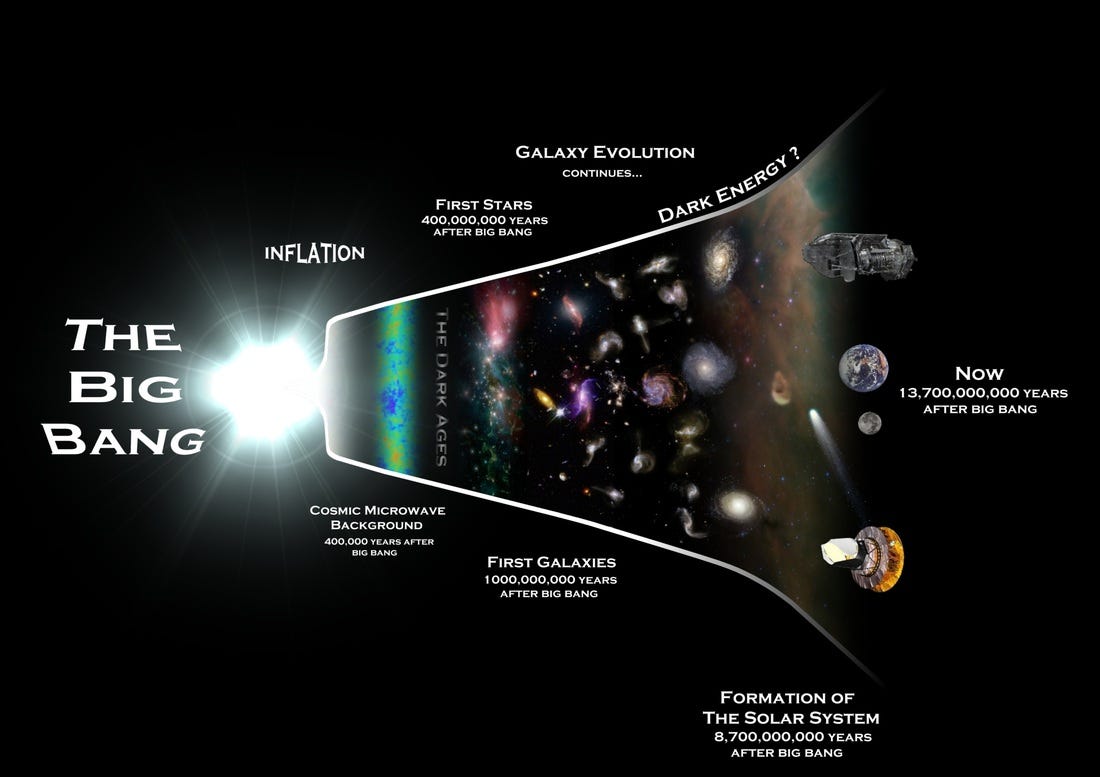
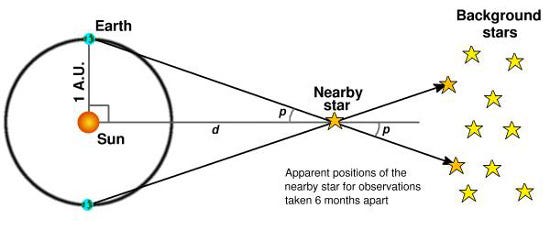
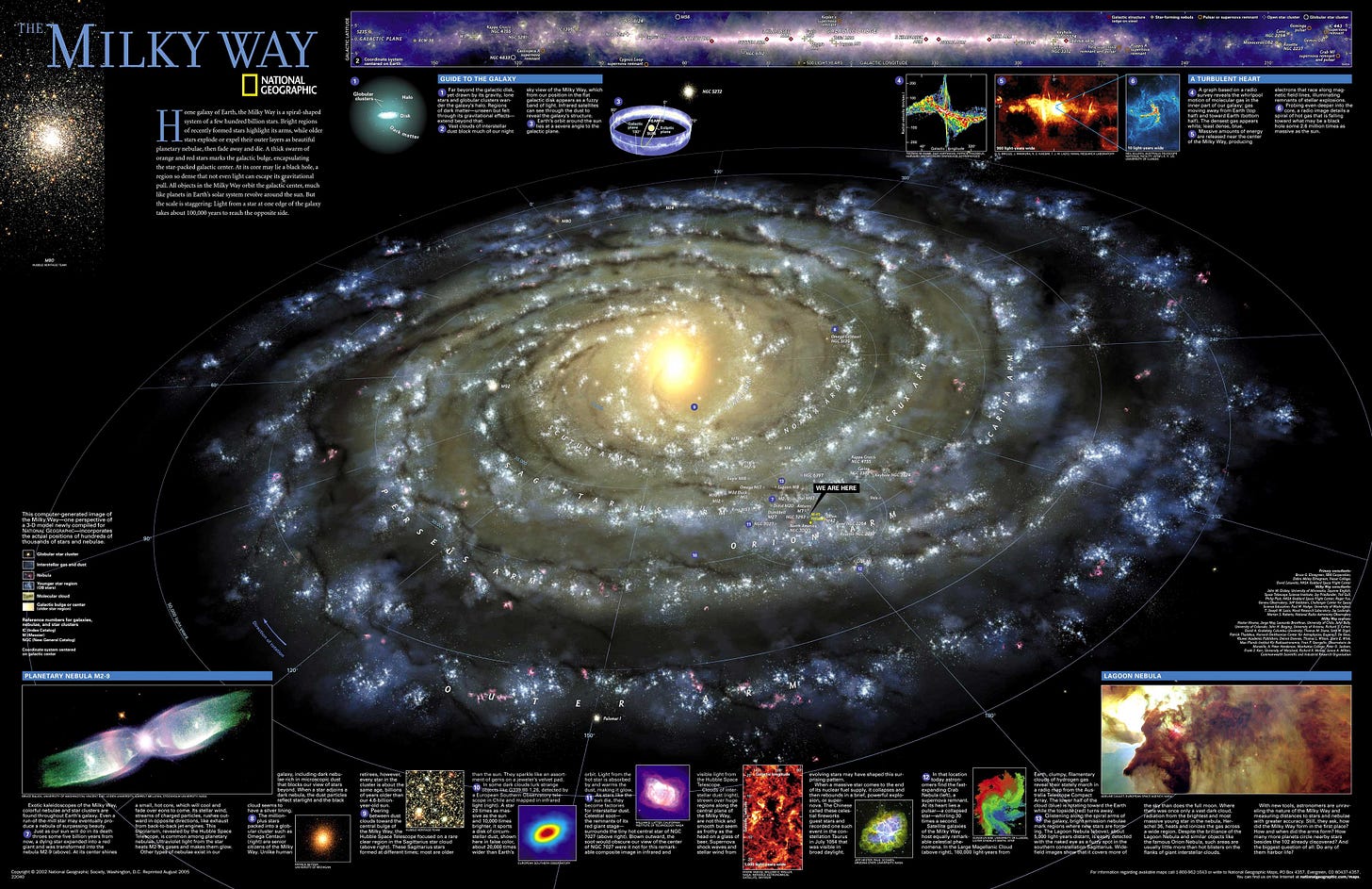
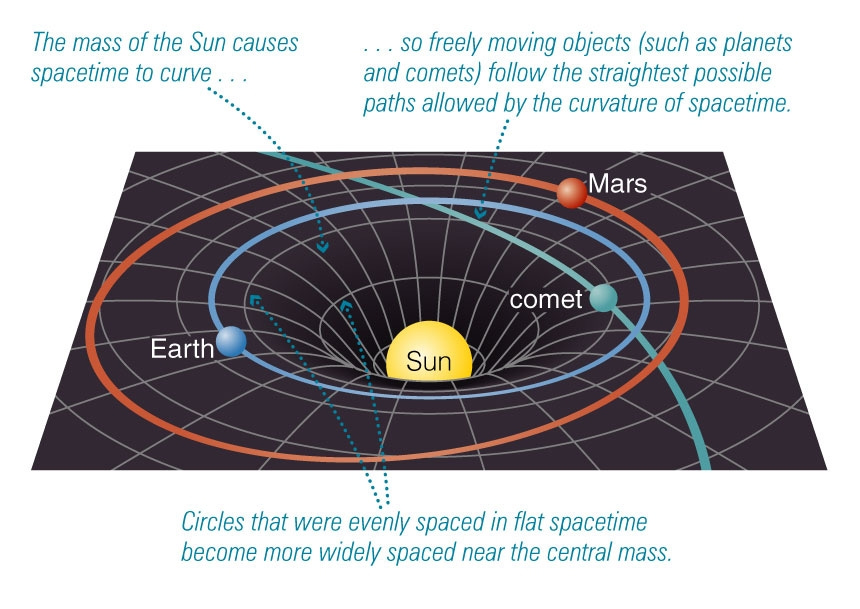

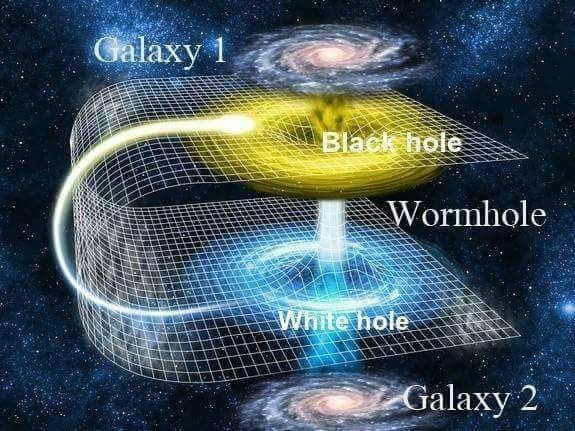
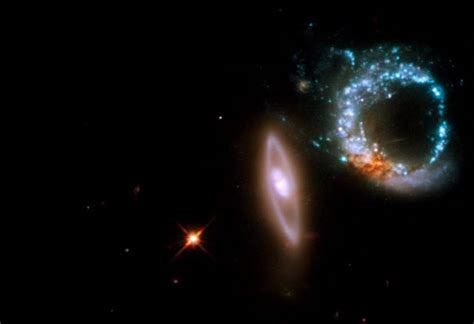
Relativity is dead. It’s been dead for a long time - just another system of control embedded by what most call the deep state or one may say it’s the banks , basically the same thing. However it’s quite disturbing when one really deconstructs it , sees it for what it is + lack of progress that this has caused - digging shit up from the ground and burning it for energy for 170 years is not advanced it’s devolved ,primitive - it’s being allowed to continue in order to keep world control -advance false energy scarcity, and brainwash the population into believing that energy freedom is not possible.
Space is NOT curved , look at a time accelerated video in one of our galactic arms, when stars collide with each other they repel each other, as each star has its own electromagnetic frequency. If space was curved the larger object or star would combine with a smaller one as it falls into the gravity well of the larger star. This never happens as the electromagnetic gravitational frequency of each star is different- curved Space time is a made up math insanity, pushed by somebody who lived in a dreamworld of made up fake math. Pushed on society by the powers that be.